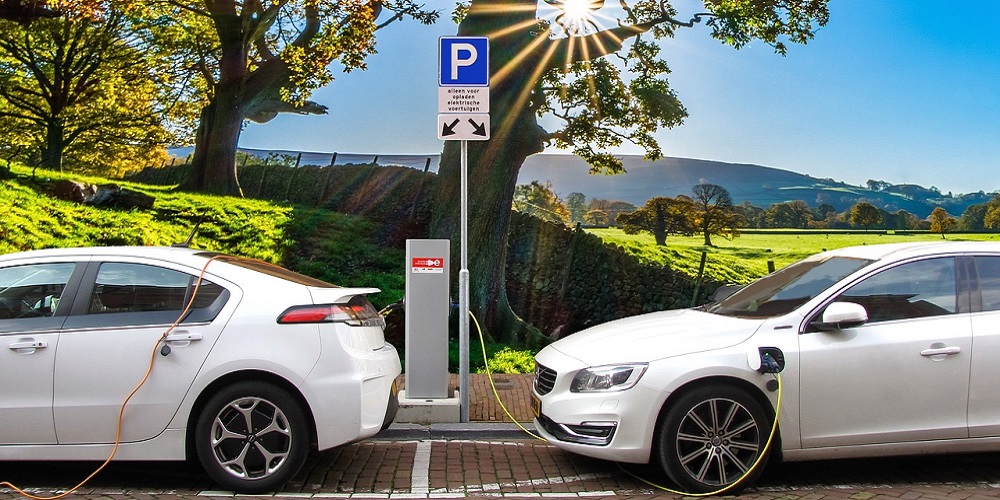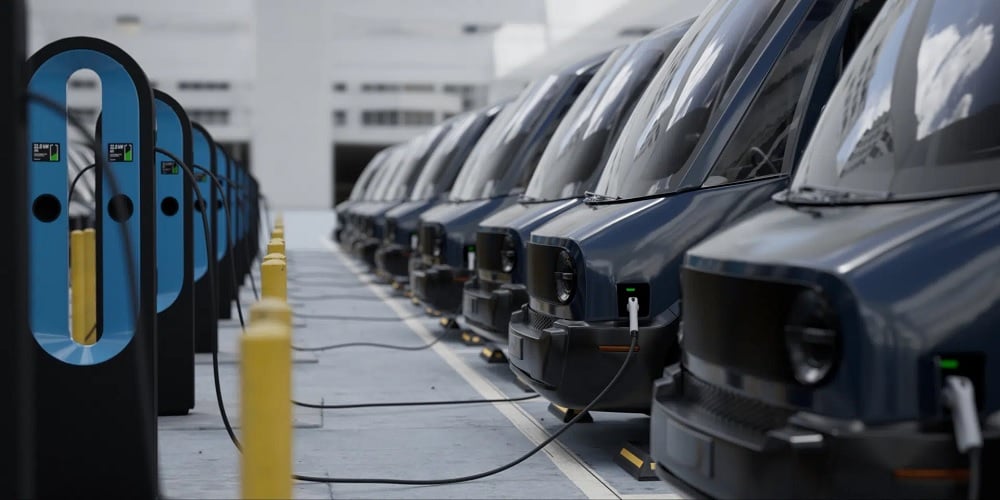Municipal fleet management to expedite electric vehicle procurement

The electrification of government transit requires both flexibility and speed. Unfortunately, traditional methods of vehicle procurement are simply not up to the task.
Most net-zero timelines are set for 2050 at the latest, which means now is the best time to consider a new approach. But the typical RFP can take months, if not years, to complete, which may not be fast enough to accommodate rapidly changing legislation.
For the discerning fleet manager concerned about changing expectations, any snag on the line could be disadvantageous. Waiting too long to implement new strategies could cause you to fall behind the rest of the industry.
This guide highlights the objective of electric vehicle (EV) fleet management and the changing needs of fleet drivers and EVs. It also provides strategies for streamlined procurement and practical case studies that you can use to inform your next steps.
Strategies to streamline EV procurement
How do you know if your procurement process is slow or inefficient? It may be time to consider faster procurement solutions if:
- Your procurement timeline takes longer than a year. A different solution could significantly reduce your time to acquisition.
- You are working with a leaner budget. Traditional RFPs may cost more than modernized methods.
- You have too many inefficiencies. Manual processes, low automation, and poor access to data could limit your ability to make informed decisions for your fleet.
If your organization fits one or more of these criteria, it may be time to consider new solutions. Fortunately, several strategies are at your disposal.
Consider best practices like:
- Automation. This includes fleet management telematics and external software designed to assist with the procurement process. Even internal automations, such as email reminders, can reduce your chances of losing critical information.
- Data collection. Telematics is a helpful starting point for making decisions about electrification. Dialogue with internal decision-makers is even more crucial. You should regularly hold meetings with procurement stakeholders so everyone on your team has a say on critical electrification goals.
- Rightsizing. A well-defined municipal fleet management strategy includes knowing the condition of existing fleet vehicles. Understanding which assets need to be replaced can help you maintain an ideal EV inventory.
- Cooperative contracts. Cooperative contracts are an established solution for expediting the procurement of EVs. First, government agencies vet suppliers to confirm the best possible fit. Second, they combine their purchasing power with other organizations to reduce the cost of equipment.
Let’s look at a few municipalities that have applied these procurement strategies.
Case studies for accelerated EV procurement
The principles of accelerating EV procurement may be difficult to grasp without researching practical applications. Here are three case studies of U.S. municipalities expediting EV procurement using modern best practices.
1. Winter Park, FL — Five EVs within twelve months
The city of Winter Park needed to replace five ICE vehicles with models matching its sustainability guidelines. By working with resources like the EV Purchasing Collaborative, it acquired five 2020 Nissan LEAFs.
Additionally, the city saved $6,000 using newer procurement methods compared to the existing Florida state contract. This created room for five future charging stations, maintaining its commitment to sustainability.
2. Ann Arbor, MI — Electrification plan within two weeks
Like other municipalities preparing for sustainability, the city of Ann Arbor began by testing several vehicles. After solidifying the concept and securing organizational buy-in, city decision-makers were ready to move forward with a more robust plan.
However, before purchasing EVs, the city needed additional mentorship, including information on compatible model types, resource options, and vendor selection. It also needed an electrification plan that outlined specific steps and objectives.
Third-party support groups—including Sourcewell—assisted with the approval of an electrification plan in just over a week. This allowed for immediate progress toward the city’s EV acquisition goals, which was no small feat for a growing municipality.
3. Austin, TX — 130 EVs within six years
Between 2014 and 2020, the city of Austin procured more than 130 EVs with the help of Sourcewell and the Climate Mayors Purchasing Collaborative. These included two popular models for municipal fleets: the Kia Niro BEV and the Mitsubishi Outlander PHEV. Speed was not the only factor in Austin’s decision to use Sourcewell’s solutions. Relying on cooperative contracts also saved the city more than $1,300 per EV.
Today, the city remains an active member of the Climate Mayors organization. It has also converted nearly 5.36% of its total operative fleet.
The use of cooperative contracts for expedited procurement
Cooperative contracts can expedite EV procurement, and even apart from their accelerated timelines, the benefits that they provide are impossible to ignore:
- Economies of scale reduce the cost of acquisition.
- Compliance helps ensure better outcomes for your organization.
- Professional support and guidance can alleviate the pressure of trying something new.
Registering or claiming your organization with Sourcewell unlocks thousands of fleet contracts for your state or local agency.
Switching to EVs can feel overwhelming, but you don't have to do it alone. See how cooperative purchasing can ease the transition, expedite procurement, and help you save time and money with easy-to-access solutions.


